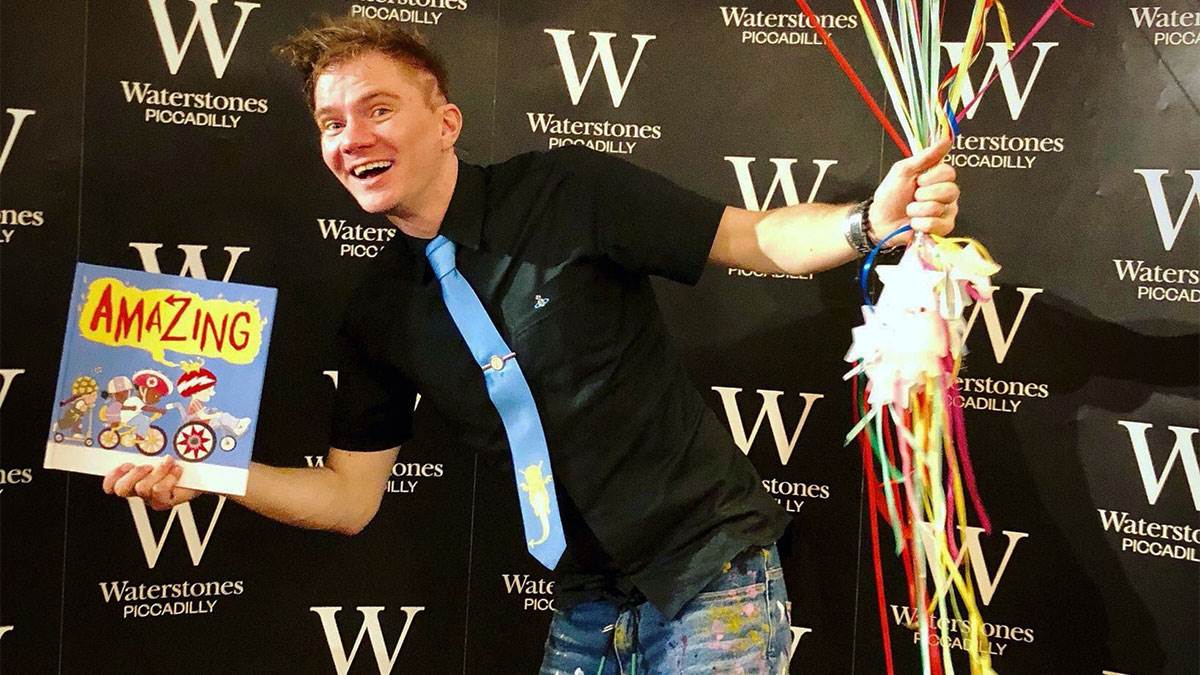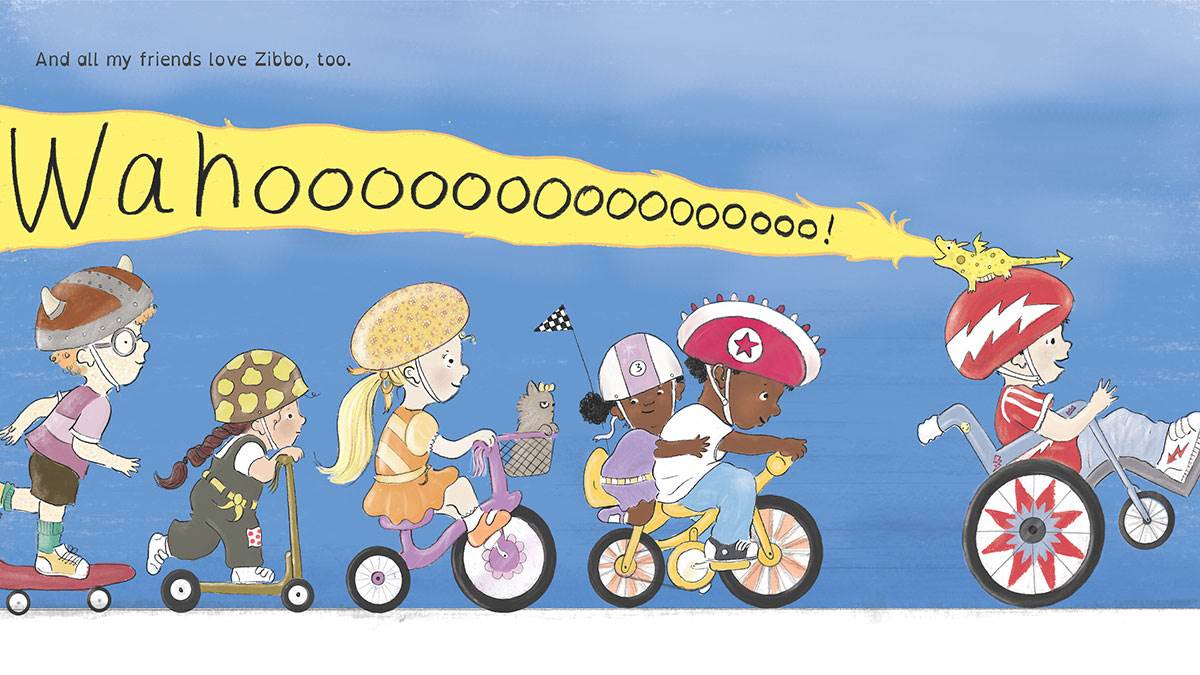Steve Antony: Why I've made the picture book they said wouldn't sell
Published on: 5 Chwefror 2019 Author: Steve Antony
Author Steve Antony tells us how his incidentally inclusive picture book Amazing was a long time coming...

Incidental inclusions of minorities are hard to find in picture books. It's even harder to find a picture book protagonist who just "happens to be" a minority.
Back in 2012, while at university, I decided to research diverse picture books in order to find incidental inclusions. My findings led to my latest publication: Amazing.
Throughout my research, I discovered that BAME (Black, Asian and minority ethnic) characters were few and far between. LGBT+ (lesbian, gay, bisexual, transgender and other sexual orientations and gender identities) characters or themes were practically non-existent. Picture book protagonists with disabilities were scarce. Moreover, such inclusions were rarely incidental.
'As a child, I never saw myself in books'
I was emotionally vested in my research, too.
As a child I never saw myself in books. I knew I was different; it wasn't until my adolescence that I realised I was gay. If only there had been books featuring diverse families or non-stereotypical males. Then perhaps I wouldn't have felt like an anomaly, and growing up may have been a bit easier.
In an ideal world, every child should see themselves in books they read; and every child should see other children in books they read, too.

Illustration from Amazing by Steve Antony
Why I invented Zibbo the dragon
During my research I did find a few mighty fine examples of incidental inclusiveness. At the end of Susan Laughs, written by Jeanne Willis and illustrated by Tony Ross, the reader discovers that Susan just happens to be a wheelchair user. But I couldn't find one incidentally inclusive picture book with a wheelchair-using protagonist on the front cover. Not one. So that's why I invented Zibbo.
Zibbo is a dragon. He's small and playful. He loves playing basketball, drawing pictures, making music, midnight snacking and partying at friends' houses. His best friend is a little boy, and the boy just happens to be a wheelchair user.
They're the main characters of Amazing: a story about friendship and imaginative play, in which the boy introduces the reader to his amazing pet dragon.
'Some children have cats. Some children have dogs. I have a dragon.'
Too big a risk to take
I wrote and illustrated the first draft in 2012 and took it to the Bologna Children's Book Fair to show publishers. They said it was a "hard sell" and asked if I could "lose the wheelchair" or at least "hide it" from the cover.
In hindsight, I realise that 2012 was a tough year for publishing. Indies were closing and the bookshop Borders had gone into administration, so I can partly understand why publishers may have thought that a picture book about a wheelchair user could be too big a risk to take on an unpublished author.
However, my now agent Elizabeth Roy loved it. She signed me shortly after seeing it. But I decided to shelve it so I could further develop two other ideas I had, including one about the Queen's hat and one about a deadpan panda bear.
My debut, The Queen's Hat, published in 2014. Then my second, third, fourth and fifth books published. Suddenly my time was spent making new Mr Panda books and visiting schools, libraries and festivals around the country and beyond. Before I knew it, I had illustrated a cover of the Famous Five and Tim Minchin's When I Grow Up. I was living the dream, but I hadn't forgotten about Zibbo.
UK's growing list of diverse books
Last year, I decided to unearth it to show my lovely publisher, Emma Layfield, at Hachette Children's. She loved it immediately.
Finally, seven years, 15 picture books and two board books later, Zibbo is ready to take flight.
Who knows? Maybe the other publishers were right. Maybe it won't sell. Only time will tell. Whatever the case, I'm just grateful for the opportunity to add Amazing to the UK's growing list of diverse books. I hope we see more in the coming months and years.
Personally, I feel that picture book authors and illustrators should consider more incidental inclusions of minorities in their artwork. Just pop some same-sex parents in your bustling street scene, or add more ethnic minorities to your picture of a playground, or include a wheelchair user in your drawing of a train station.
Better still, make them the main character and include them on the cover.
Now THAT would be amazing.
Advice for writers, illustrators and publishers on creating diverse books






Add a comment